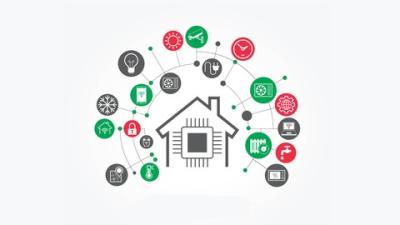Node-Red From Scratch!
Node-Red 101 Series From Scratch
Node red 1O1 series from scratch is a course designed for beginners who have less or zero experience with Node-Red.
What is Node-Red?
Node-RED is a programming tool for wiring together hardware devices, APIs, and online services in new and interesting ways.
Node-RED provides a browser-based flow editor that makes it easy to wire together flows using the wide range of nodes in the palette. Flows can be then deployed to the run time in a single click.
JavaScript functions can be created within the editor using a rich text editor. A built-in library allows you to save useful functions, templates or flows for re-use.
Node-Red History
Node-RED is a flow-based programming tool, originally developed by IBM’s Emerging Technology Services team and now a part of the JS Foundation.
Flow-based programming Invented by J. Paul Morrison in the 1970s, flow-based programming is a way of describing an application’s behavior as a network of black-boxes, or “nodes” as they are called in Node-RED. Each node has a well-defined purpose; it is given some data, it does something with that data and then it passes that data on. The network is responsible for the flow of data between the nodes.
It is a model that lends itself very well to a visual representation and makes it more accessible to a wider range of users. If someone can break down a problem into discrete steps they can look at a flow and get a sense of what it is doing; without having to understand the individual lines of code within each node.
Node-RED started life in early 2013 as a side-project by Nick O’Leary and Dave Conway-Jones of IBM’s Emerging Technology Services group.
What began as a proof-of-concept for visualizing and manipulating mappings between MQTT topics, quickly became a much more general tool that could be easily extended in any direction.
It was open-sourced in September 2013 and has been developed in the open ever since, culminating in it being one of the founding projects of the JS Foundation in October 2016.
What is IoT?
The Internet of Things, or IoT, refers to billions of physical devices around the world that are now connected to the internet, collecting and sharing data. Thanks to cheap processors and wireless networks, it’s possible to turn anything, from a pill to an airplane, as part of the IoT. This adds a level of digital intelligence to devices that would be otherwise dumb, enabling them to communicate without a human being involved, and merging the digital and physical worlds.
Manufacturers are adding sensors to the components of their products so that they can transmit back data about how they are performing. This can help companies spot when a component is likely to fail and to swap it out before it causes damage. Companies can also use the data generated by these sensors to make their systems and their supply chains more efficient because they will have much more accurate data about what’s really going on

